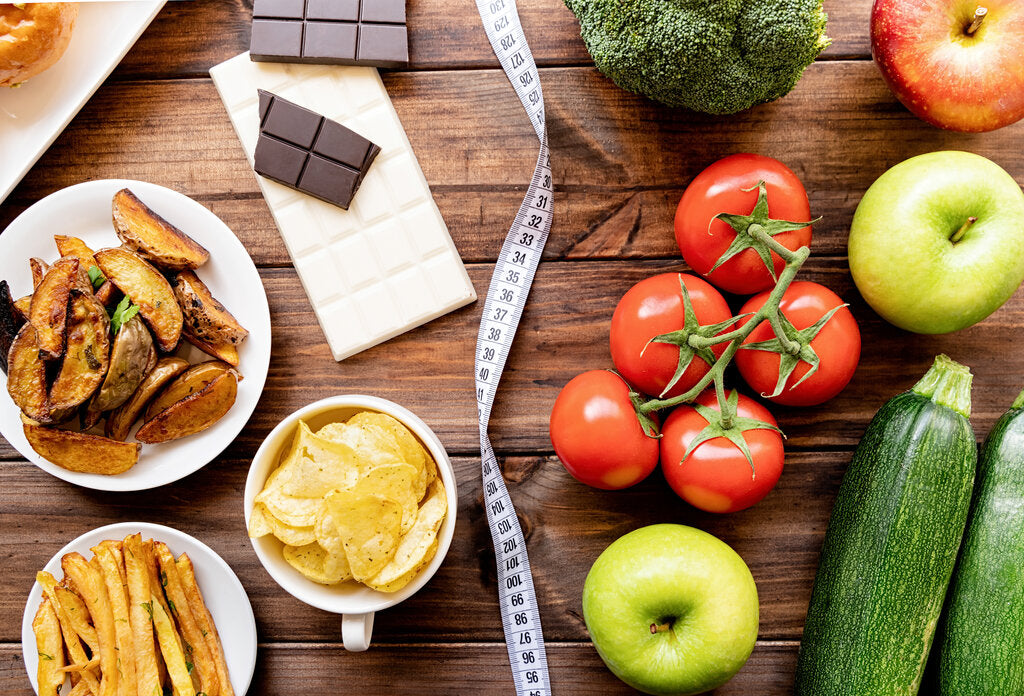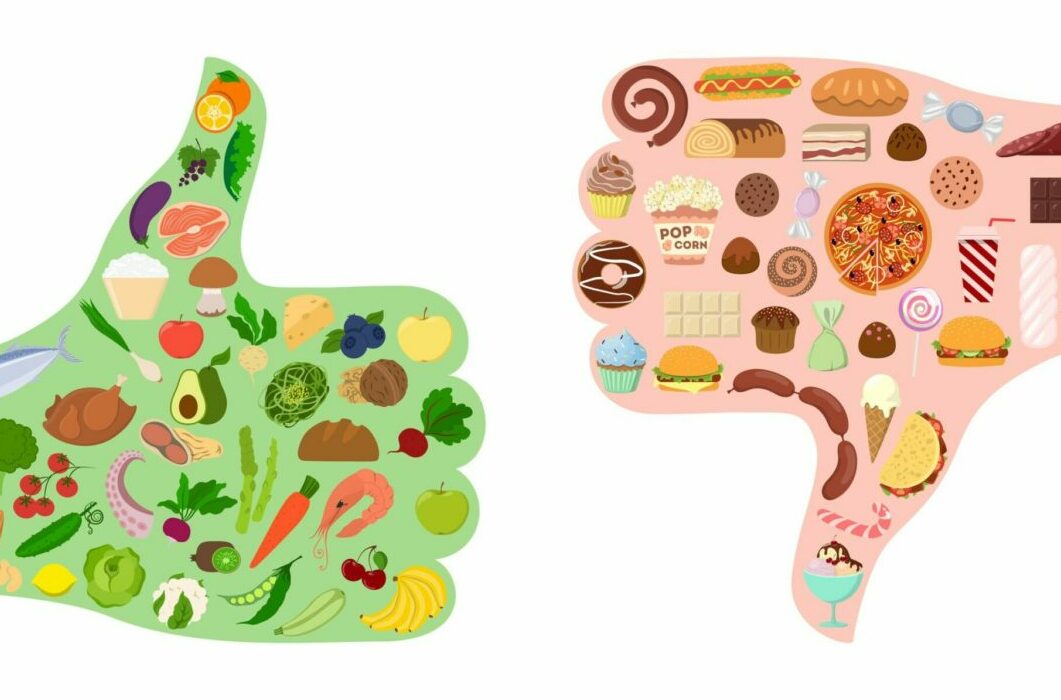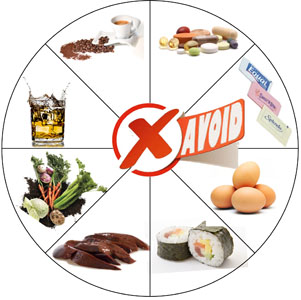
Consuming a diet rich in vegetables and fruits is a great way of reducing inflammation. At least nine portions of these foods should be eaten each day. Fresh fruit should be consumed, especially if it is high in antioxidants like strawberries. Whole grains are important, but rice noodles should be limited to only a few times per week. Baking flour is not considered an anti-inflammatory diet. These foods can help you feel more active and prevent inflammation.
When choosing a diet that promotes good health, try to eat a diet rich in green leafy vegetables. This will boost the intake of omega-3 fatty acids and help fight inflammation. You can also opt for organic meats and dairy products. And for the dietary fats, opt for fish oil or omega flax oils. Choose olive or sesame oil as they are both healthy and rich in vitamin E.
Inflammation can also be controlled by eating whole foods. Avoid sugary foods. Vegetables are the best option. Low-fat dairy products, nuts, seeds, and olive oil are excellent choices for a healthy diet. Spices and herbs can be used to enhance the flavor of your food. The addition of vitamin E and antioxidants to your dishes may reduce the amount of free radicals in your body.

There is no cure for inflammation. However, there are things you can do to lower your chances of developing it. A healthy diet should include plenty of fresh fruits and vegetables, and try to avoid processed foods and sugary foods. Coconut oil and fatty fish are also good choices. These foods are good for you and will reduce inflammation. If you want to have more anti-inflammatory foods in your diet, you can check out EverlyWell's vitamin D and high sensitivity CRP test kit.
Although there are not many scientific studies to support this assertion, there is evidence that inflammation can be reduced in many cases. It can prevent the development of chronic diseases like cancer or heart disease. Inflammation is an inherent part of our bodies. It is a natural, healthy response that protects us against harm. Inflammation can be reduced by changing your diet. By following the guidelines in this article, you can reduce the risk of chronic diseases.
It is important to eat healthy foods. For example, onions are rich in quercetin, a substance that inhibits the production of histamines. Berry products are rich in anthocyanins which reduce inflammation. While this isn't an anti-inflammatory diet, you can choose foods high in flavones and other anti-inflammatory compounds. Include whole grains, berries and fruits in your diet.
There are many causes of inflammation. Chronic inflammation can be caused by obesity, pollution, poor sleep, and excessive weight. A balanced diet, rich in water and high-quality anti-inflammatory food will reduce the risk of chronic inflammation. It is essential to eat a healthy diet in order to keep your body balanced. Anti-inflammatory foods can help maintain a healthy body.

Your body can become inflamed for many reasons. Inflammation can cause chronic pain, ear infections and even cancer if your body isn't used to it. Consuming foods high in polyphenols like blueberries and leafy vegetables is the best way to reduce inflammation. These compounds are also found in coffee which may protect your body from inflammation. Your diet can be improved by getting enough sleep and eating a healthy diet.
Chronic inflammation is strongly linked to the diet. Many people suffer from chronic health problems due to their diet. Although inflammation is a natural bodily reaction to injury, it can lead to many problems. A diet high in refined carbs can cause inflammation. Some foods, such as soda, can be harmful to the body. They can cause joint pain, fatigue, and other symptoms. They can also lead to the development of cardiovascular disease and cancer.
FAQ
What level of exercise is required to lose weight?
There are many factors that impact the amount you exercise to lose weight. Most people require moderate activity at least five days per week.
The American College of Sports Medicine recommends 150 mins of moderate-intensity aerobic exercise per week spread over three consecutive days.
For example, if you want to lose 10 pounds, aim to do 300 minutes of moderate-intensity exercise each week. This includes activities such swimming laps (brisk walking), biking, dancing and playing tennis.
If you're just starting out, consider doing 20 minutes of vigorous activity thrice weekly. This could be lifting weights, sprinting, jumping rope, and fast walking.
Aerobic exercise also helps burn calories and build muscle mass. Muscle burns more calories per calorie than fat. Building muscle and losing weight could help you get there faster.
What side effects can intermittent fasting have?
Intermittent fasting doesn't have any known side effect. However, if you don't plan properly, you might experience some minor issues.
For example, if you skip breakfast, you might be irritable all day long. Headaches, dizziness, fatigue and muscle cramps are all possible.
These symptoms often disappear within a few hours.
What foods can I eat to lose weight quicker?
It is possible to lose weight faster by eating fewer calories. This can be done in two ways:
-
Reduce how many calories you eat daily.
-
Get more exercise to increase your metabolism.
Reducing the number of calories you eat is easier said than done. There are calorie-laden fast food options all around us. Here are some foods that can help you lose those extra pounds.
-
Beans are high in fiber and protein. They have very little fat making them a great option for dieters trying to reduce their caloric intake.
-
Oatmeal contains low calories and high amounts of nutrients like magnesium, potassium, and other nutrients. Oatmeal is lower in sugar than other cereals.
-
Eggs are high in cholesterol and protein. Eggs can be eaten once or twice per week to increase metabolism, which will help you burn more calories during the day.
-
Whole grain bread can reduce hunger pangs, so you might feel fuller for longer.
-
Dark chocolate is rich in antioxidants and flavonoids. These substances have been shown to improve heart health and lower blood pressure.
-
Cottage cheese is full of calcium, which helps build strong bones. It is also rich in vitamin D, which increases immunity.
-
Omega-3 fatty Acids are a key component of salmon. They promote brain development, and improve cardiovascular function.
-
Green tea is rich in catechins, compounds which fight cancer and increase metabolism.
-
Broccoli is an excellent source of folic acids, which helps to lower homocysteine levels. Homocysteine concentrations that are too high have been linked with an increased risk for heart disease and stroke.
-
Yogurt is an excellent way to include probiotics in your diet without adding sugars. Probiotics are essential for digestive health.
-
Berries are delicious and nutritious snacks. Blueberries, strawberries, blackberries, raspberries, and cranberries are all excellent sources of vitamins and minerals.
-
Avocados are bursting with healthy fats. A half avocado has 80 calories but plenty of filling fiber.
-
Nuts can be enjoyed as a snack, but they are also rich in protein. There are many great options for nuts, including cashews and hazelnuts as well as walnuts, pecans, hazelnuts and hazelnuts.
-
Sweet potatoes are another starchy crop that is rich in beta carotene. This makes your skin glow. The orange variety is particularly beneficial because they contain higher amounts of beta carotene than regular sweet potatoes.
How long does a weight loss process take?
It takes time to lose weight. It can take six months to lose 10%.
It is important to realize that weight loss should not be expected overnight. Your body takes time to adapt to new diets.
This means that you should gradually change your diet over several days or weeks.
Fad diets should be stopped as they are often not effective. Instead, you should change your daily routine.
For example, if you normally eat unhealthy snacks late at night, then you should cut down on this habit.
Instead, you should eat healthier meals earlier in the evening. This way, you'll avoid snacking later in the night.
You should also drink plenty of water during the day. Water keeps your body hydrated and prevents dehydration. Dehydration can cause you to feel tired and sluggish.
It is important to drink plenty of water throughout each day to stay energized.
Finally, you should reduce stress levels by doing things that relax you. You can spend time with family members, for example.
You could also read books, watch movies or listen to music.
These activities can help you to unwind after stressful situations. These activities will help you improve your mood and self-esteem.
So, when you're trying to lose weight, you should always think about your health first.
Your overall health is directly related to your physical fitness. You should eat right and exercise regularly if you want a fit body.
How often do people fast regularly?
The majority of people who follow the ketogenic diet fast only once a week. But, some people fast twice per week. Others fast three times a week.
There is a variation in the length of fasts. Some people fast for 24 hours, whereas others fast for 48 hours.
Some people go on for more than 72 hours. However, extreme cases like these are rare.
Statistics
- According to a study sponsored by the American Council on Exercise, a person weighing around 140 pounds (64 kg) would burn 108 calories at a 30-minute beginner's Pilates class or 168 calories at an advanced class of the same duration (26). (healthline.com)
- One study in 9 active men found that HIIT burned 25–30% more calories per minute than other types of exercises, including weight training, cycling, and running on a treadmill (18Trusted Source (healthline.com)
- A 12-week study in 20 women with obesity found that walking for 50–70 minutes 3 times per week reduced body fat and waist circumference by an average of 1.5% and 1.1 inches (2.8 cm), respectively (healthline.com)
- According to Harvard Health, it's estimated that a 155-pound (70-kg) person burns roughly 112 calories per 30 minutes of weight training (5). (healthline.com)
External Links
How To
How to Intermittent Fasting
Intermittent eating is a way to lose weight that you only have one day of the week. It's usually Monday through Thursday. The idea behind this is to reduce your overall calorie intake while still getting adequate nutrition. It is believed that this will help you burn fat quicker than if the meals are regular for the whole week.
The most common type of IF is to restrict calories on specific days of the week. This means that you would skip breakfast every morning and then consume whatever food you want during the rest of the day. You could also choose to eat three small meals daily rather than two large ones.
You can choose from many different types of intermittent fasting such as alternate day fasting (alternative day fasting), 5/2 fasts (8/4 fasts), 16/8 fasts, and so on. Each type of intermittent fasting has its pros and cons. Alternate Day Fasting is the easiest to begin because you don’t have to make significant changes in your life. However, for some people it can be difficult to follow a strict diet, so they may prefer to explore other options.
Alternate-day fasting is a good option if you are looking to begin an intermittent fasting program. This will allow you to gradually transition into more extreme fasting routines without completely changing your lifestyle.